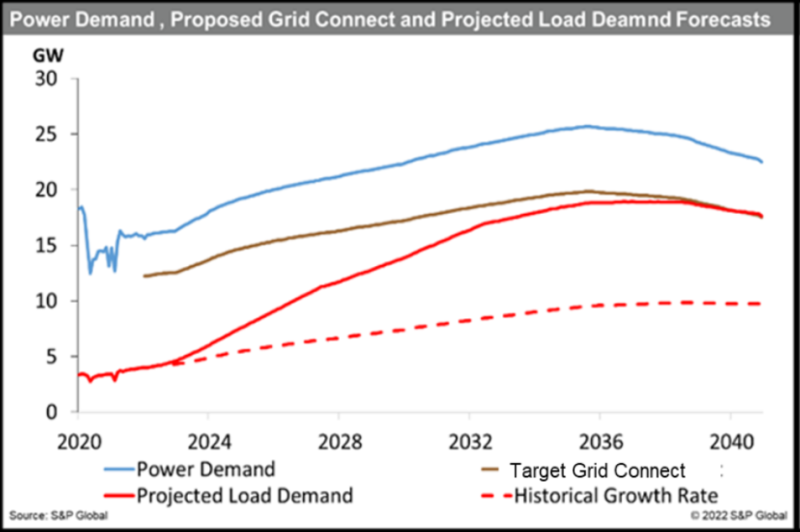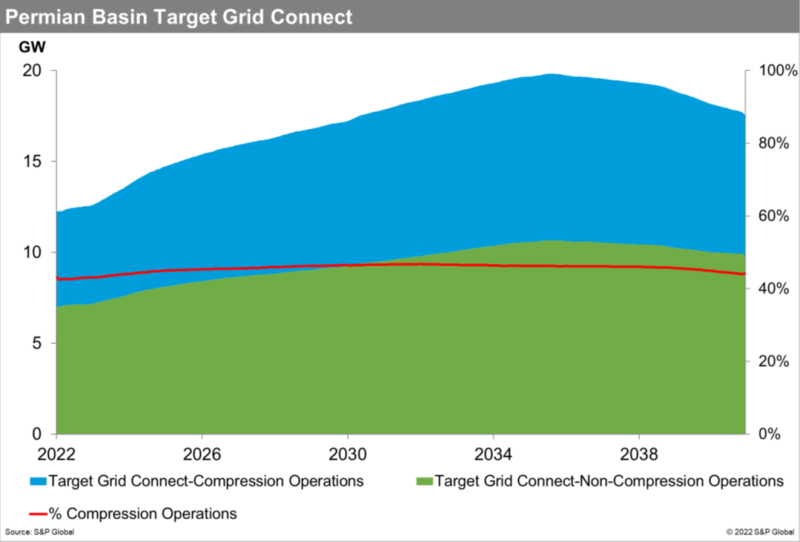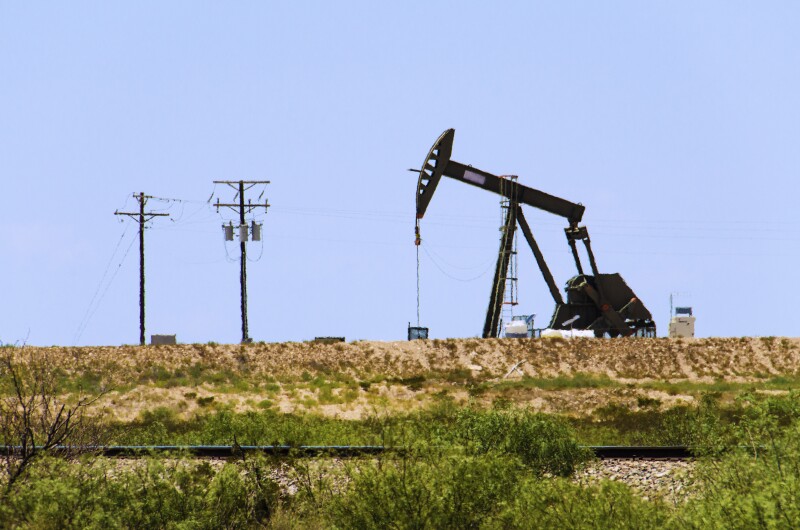Oil and gas companies in the Permian Basin may achieve their emission reduction targets over the next decade while simultaneously increasing daily crude output by as much as 40%—but only if the local power grids can handle it.
This is according to a recently published paper by S&P Global Upstream Consulting, which has raised the specter that an electric bottleneck may be forming in the powerhouse of US oil and gas production.
The warning comes amid a backdrop of ongoing concern over the Texas power grid and its struggles in recent years to meet demand when temperatures rise or fall into the extremes. The emergence of this issue has coincided with the significant push by unconventional operators in the Permian region—encompassing parts of Texas and New Mexico—to reduce emissions through the electrification of oilfield equipment.
However, S&P highlights that the challenge of meeting emission targets via electrification is mounting as output from the Permian region has bounced back to prepandemic levels of around 5 million B/D and is now on pace to peak above 7 million B/D by 2036.
As S&P stated, “Current shortages in access to the electric grid in the Permian Basin continue to persist and as production continues to creep up, and along with the increased need to meet emission reduction targets, this gap will continue to widen if the rate of providing electric load is not significantly increased.”
The S&P findings are part of a study completed for six of the largest oil and gas companies in the Permian along with the respective regulators of the Texas and New Mexico grids. Participating operators included Chevron, ConocoPhillips, Devon Energy, Diamondback Energy, ExxonMobil, and Pioneer Natural Resources.
The energy consultancy also shared details about its forecast in a new conference paper at this year's Unconventional Resources Technology Conference (URTeC). Some of that paper's biggest insights are discussed below.

Need More Power, Faster
In URTeC 3859345, authors from S&P said for Permian producers to top 7 million B/D while achieving emissions targets, they will need a quadrupling of their electric supply from the 4.2 GW available in 2022 to 19 GW by 2036.
Even as production tapers off, the S&P forecast still estimated 17.7 GW of grid power will be required for the Permian in 2040.
The consultancy added that these figures mean the region must add around 1,500 MW of capacity annually for the next several years to keep up with demand. Such a drastic grid expansion would see industrial power usage in the Permian—most of which is represented by the upstream sector—surge from 66 to over 90%.
However, adding that much electricity to the grids in Texas and New Mexico would represent an unprecedented departure from historical trends.
S&P analysis showed that only between 300 and 350 MW of new industrial load capacity is typically added each year. At this pace, the region can expect to connect less than half of the oil field to grid power over the next 10 years.

The Real Energy Transition
As the oil and gas industry makes strides to shrink its carbon footprint, it has correspondingly embraced the electrification of oilfield equipment via the grid. This shift, according to S&P, is predicted to generate more power demand in the Permian than any other factor.
The S&P's demand forecast predicates that approximately 90% of oilfield systems need to be powered by grid electricity for oil producers to meet their emissions targets within the next decade. The consultancy added that achieving such a high threshold would require hundreds of millions of dollars in spending on new energy infrastructure (e.g., transmission lines and substations).
Permian operators have made advancements on the electrification front, but S&P data reveal that the task ahead is substantial. The firm estimated that between 30 and 45% of field equipment still lacks grid access.
Only 7% of drilling rigs are grid connected, and despite the rising popularity of electric-powered pressure pumping fleets, S&P found none that are connected to the grid in the Permian. S&P points out that, although drilling and completions use the most electricity of all upstream operations, they only do so for short periods of time, which means the best way to move the needle will be to connect production-related systems.
Furthest ahead in the race to the grid are the region's water-handling and gas-processing facilities, about two-thirds of which are connected. Also, about half of the rod lift units in the Permian are running on grid power.
Where progress is arguably needed most involves the Permian's gas compressor stations. They are the workhorses behind gas lift and gathering systems, only 8% and 3% of which, respectively, use grid power.
If all were grid-connected, then S&P estimated it would add as much as 9.5 GW of load demand to the regional grids by 2036, which "is more than double the 4.2 GW of oil and gas industrial load currently on the grid."

Delaware Basin Demand
S&P also predicted that the operations in the Delaware Basin—the western half of the Permian—will drive 75% of the region’s future electricity demand. This aligns with forecasts that see the Delaware yielding twice as much crude oil as the more mature Midland Basin over the coming decade.
Tight-oil wells in the Delaware also flow with the Permian’s highest gas-to-oil ratios and water cuts, which necessitate more power for handling and processing.
Further complicating the supply challenge is the chance that an emerging industry soon joins the fray.
As stated in the report, “There’s a potential scenario where Bitcoin mining in the Permian Basin could compete with oil and gas operations for the limited electric supply. While new infrastructure may not be needed here, these operations could strain the electric grid.”
At least five crypto-mining facilities are in operation or planned to be built in the Permian region. According to S&P, these facilities could use as much as 1 GW but may also run during nonpeak times of the day.
For Further Reading
URTeC 3859345 Electrifying the Permian Basin by Curtis Smith, Min Rao, S&P Global Upstream Consulting.


